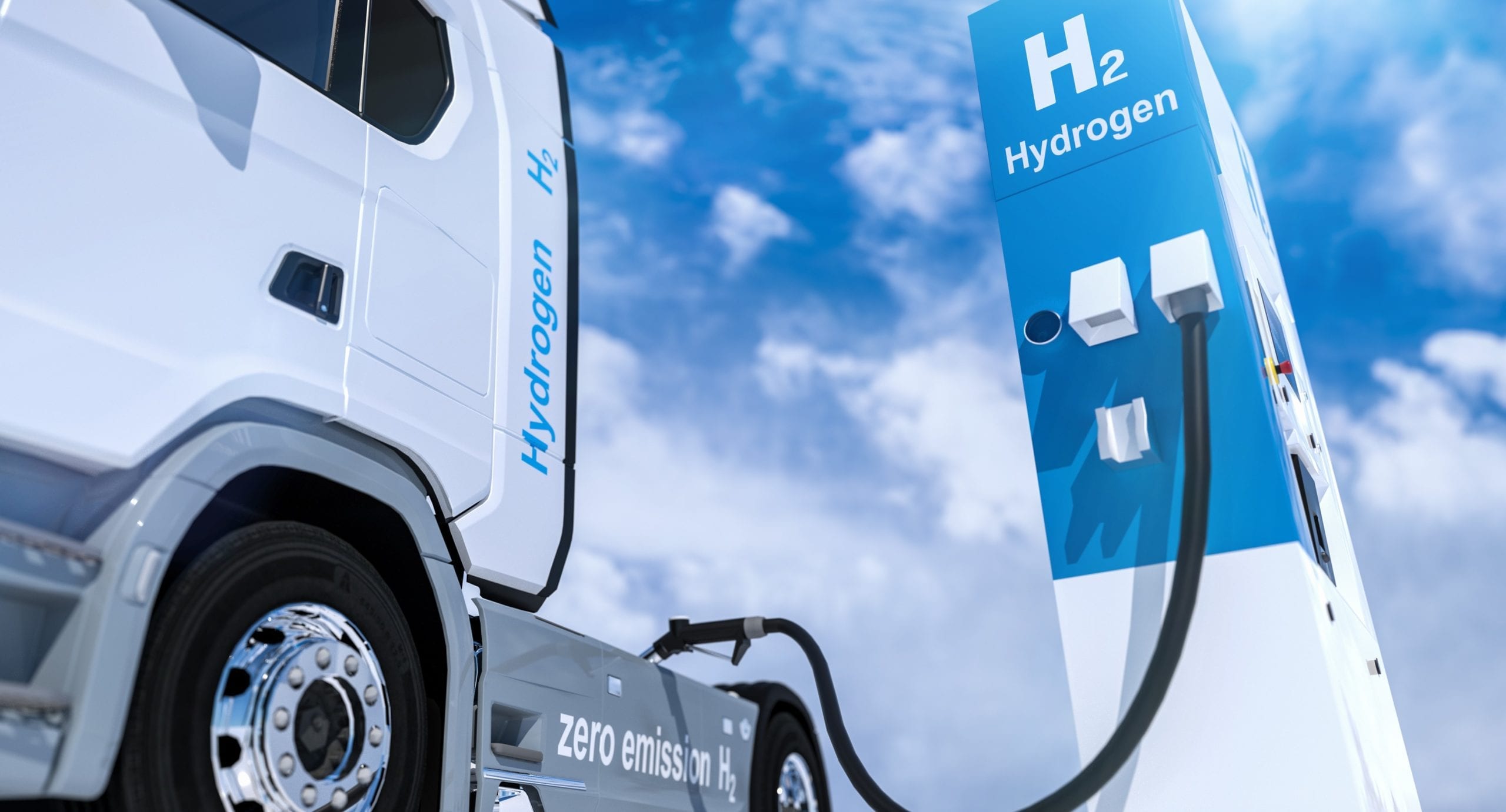When it comes to the use of hydrogen in fuel cells for trucking, things get complicated. Trucking cannot carry the entire load for fast-tracking fuel cell adoption. While it’s true that transportation — including commercial truck, automotive, planes, trains, and ships — represents from one-fifth to one-third of most nations’ energy demand, there is not enough demand in the heavy-duty truck market to scale up hydrogen production and accelerate cost reductions.
Industrial use of hydrogen must increase for end-users like energy power plants, chemical industries, steelmakers, and others if hydrogen is to scale quickly, and realistically. And the scaling of hydrogen is not the only domino that needs to fall in place for hydrogen to be successful in trucking.
Trucking cannot carry the entire load for fast-tracking fuel cell adoption.
Other factors — dominos if you will — need to fall in place first, including an industrial demand for hydrogen, a way to distribute it from production facilities to end users, a way to quickly deliver high pressure fuel in volume to vehicles, and a way to store hydrogen safely and efficiently both for distribution/fueling and onboard trucks. The reliability of hydrogen technologies must also be proven, with cheap electricity available for electrolysis and a drop in the cost of battery cells. Finally, technicians, drivers and emergency personnel must be properly trained on the new tech and a sufficient supply of affordable green hydrogen must be available.
New Guidance Report Defines Various Types of Hydrogen
This mention of green hydrogen brings up the subject of production. While there are no official definitions for the various “colors of hydrogen,” in our recent Guidance Report, Making Sense of Heavy-Duty Hydrogen Fuel Cell Tractors, we defined the various types of hydrogen based on the way they are produced and how “clean” they are.
In a perfect world, all hydrogen would be green, but the reality is that all types of hydrogen will be needed if goals and timelines for net zero emissions are going to be met.
All types of hydrogen will be needed if goals and timelines for net zero emissions are to be met.
Another reality is that there are parts of the world where hydrogen is more readily available and/or cheaper. Hydrogen is a commitment to a dramatically different regional economy. It impacts planning for jobs, exports, imports, quality of life factors, environmental factors, trade agreements, GDP, and more. Those are areas where hydrogen fuel cell electric vehicles (HFCEVs) will make the most sense and likely see the largest deployments.
Navigating the “Messy Middle” Towards a Zero-Emissions Future
However, as we try to get to a zero-emissions future, we need to remember that commercial battery-electric vehicles (CBEVs) should be the baseline. They are simpler and more efficient at using the grid to charge onboard batteries that directly drive the wheels. CBEVs are also improving dramatically, but, at this point in their development, their range, weight and cost are limiting their use in longer hauls. There will be a need for HFCEVs as well as vehicles powered by other fuel sources as we navigate what NACFE has been calling the “messy middle.”
In our report, we offer some factors fleets should consider when determining if HFCEVs are right for their operations. We suggest fleets consider HFCEVs if:
- Zero emissions at the tailpipe is important;
- Tractor tare weight is critical to maximizing payload;
- Long distance routes over 500 miles are common;
- Winter conditions are significant to operations;
- Green or blue hydrogen is readily available;
- Regions have incentivized hydrogen use; and/or
- Operations are in less mountainous regions.
Battery Electric and Fuel Cell Vehicles are Tied Together
The industry needs to continue its work on CBEVs so we can see where they will work and where they will not before we look at other options, like HFCEVs.
Scaling both battery electric vehicles and hydrogen fuel cell vehicles use are tied together.
Scaling both CBEV and HFCEV use are tied together — the innovations in the infrastructure and distribution of energy are linked, both requiring significant growth in environmentally responsible energy production. Scale will bring cost reductions, as is expected in technology deployments.
While HFCEVs are technically viable — with the technology going through decades of maturation on buses, cars and in industrial uses — adapting fuel cells to heavy-duty trucks will invariably have a learning curve as do all new technologies. But fuel cells are much further along in production use and are not a brand-new technology.
Today, HFCEVs are just beginning to see real-world use, and their adoption is being driven by regional or national considerations that are much bigger than what exists for trucking fleets. The future acceleration of HFCEVs is likely not about the vehicles or the fueling, but more about the creation and distribution of the hydrogen itself.



